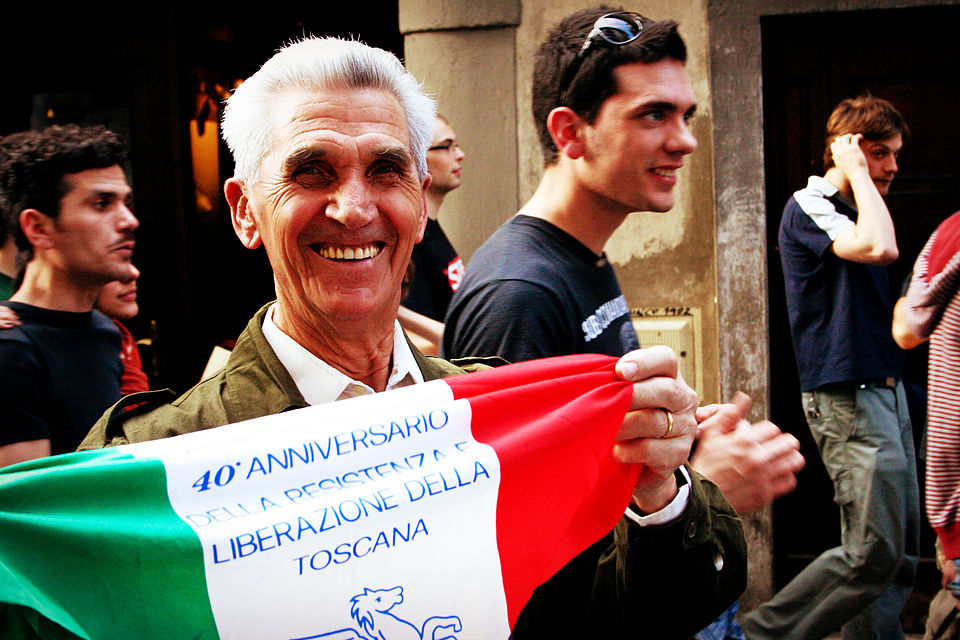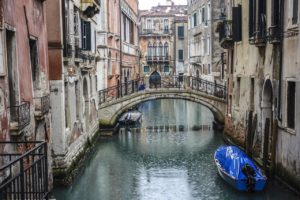Italy’s Festa della Liberazione: Liberation Day of Freedom and Resilience
Every April 25th, people across the country gather to celebrate Italy’s Festa della Liberazione (Liberation Day). This national holiday commemorates the end of Nazi occupation during World War II and the fall of Fascismo, Mussolini’s Fascist regime. More than just a day off work, this holiday is steeped in historical significance and national pride. It symbolizes the resilience and courage of the Italian people in their fight for freedom.
Origins and Historical Context of Italy’s Festa della Liberazione
Festa della Liberazione dates back to April 25, 1945, when the Comitato di Liberazione Nazionale (CLN, National Liberation Committee) called for a general uprising against German forces and Fascist loyalists in northern Italy. Partigiani (Partisans) liberated cities like Milan and Turin, marking the definitive collapse of Fascist rule. Although the war officially ended a few weeks later, April 25 became a symbolic day of liberation. It gained recognition as an official public holiday in 1946.
This day honors not only the end of tyranny, but also the sacrifices made by countless Italians — civilians and fighters alike — in la Resistenza (the Resistance). This grassroots movement played a key role in liberating the country from dictatorship and foreign control.
Cultural Significance
Italy’s Festa della Liberazione is more than a historical remembrance. It is a celebration of democratic values, civil liberties, and national unity. It is a time for Italians to reflect on their hard-won freedoms and the importance of standing up against oppression. Many use the occasion to remember loved ones lost during the war and to teach younger generations about the cost of liberty.
Politicians from across the political spectrum often deliver speeches, and i partigiani — those who are still alive — are honored for their service. The day fosters a strong sense of civic identity and is a powerful reminder of Italy’s transition from dictatorship to democracy.
Modern Celebrations of Liberation Day
Today, celebrations take place throughout the country to mark the Festa della Liberazione. In Rome, a major cerimonia ufficiale (official ceremony) is held at the Altare della Patria. There, the President of the Republic lays a wreath at the Tomba del Milite Ignoto (Tomb of the Unknown Soldier). Across Italy, towns and cities organize concerti, public readings, reenactments, and cultural events.
Parades are common, especially in cities with strong Resistance history. Participants often wave la bandiera italiana (the Italian flag) and sing Bella Ciao, the famous Resistance anthem that has become an enduring symbol of the fight against fascism. Click here to hear the iconic song.
Festa della Liberazione often overlaps with ponti (long weekends), so Italians take the opportunity to enjoy spring weather and gather for meals with friends and family. You might find people enjoying pasta al forno, grilled meats, or seasonal treats like fave e pecorino (fava beans with pecorino cheese), a traditional Roman snack popular in springtime.
A Time to Say “Buona Liberazione!”
On this day, it’s common to greet others with Buona Festa della Liberazione! or simply Buona Liberazione! as a way to share in the national pride and remembrance.
Get on the road to speaking Italian with the Language Garage!
We hope you’ve enjoyed learning about Italy’s Festa della Liberazione, or Liberation Day. If you’d like to learn more:
- Follow us on Facebook, LinkedIn, BlueSky, Twitter, Threads, Instagram, or Pinterest. We publish lots of Italian vocabulary, grammar, and culture notes, so it’s a great way to pick up some new vocabulary and practice.
- Check out our other posts on Italian language, culture, and more.
- Enroll in affordable, flexible, and personalized private online Italian lessons or sign up for a small group online Italian class.
- Create a free Language Garage account to access tons of Italian vocabulary, grammar, and culture.
- Learn basic Italian with our self-study online Italian course.
Image Source Wikimedia Commons







